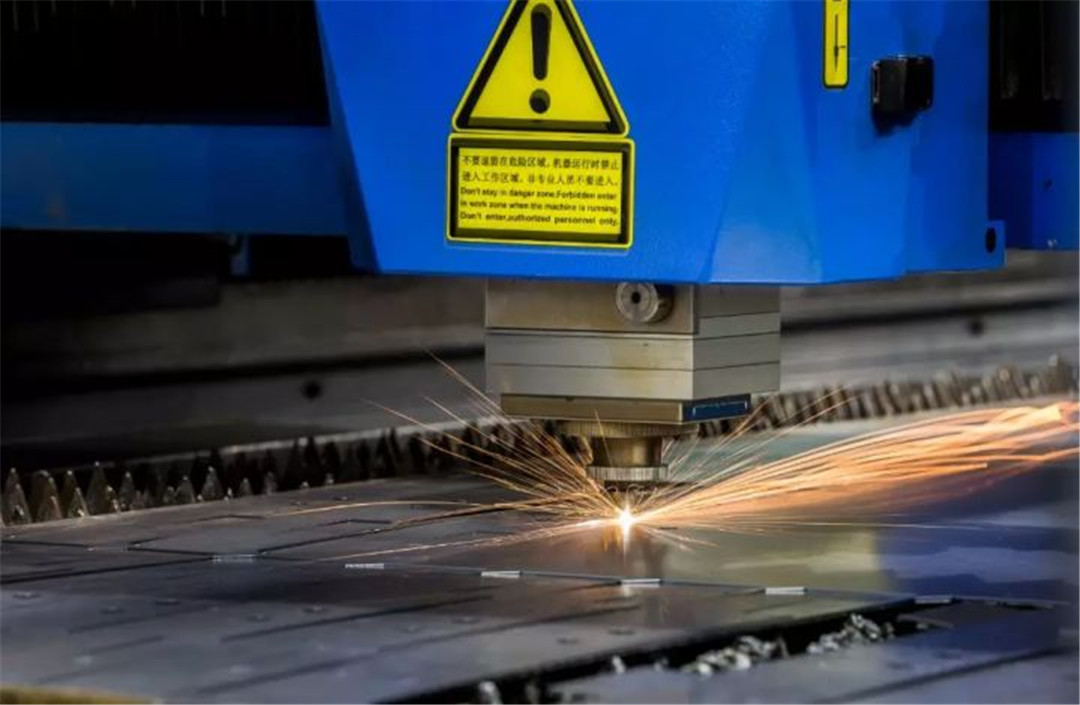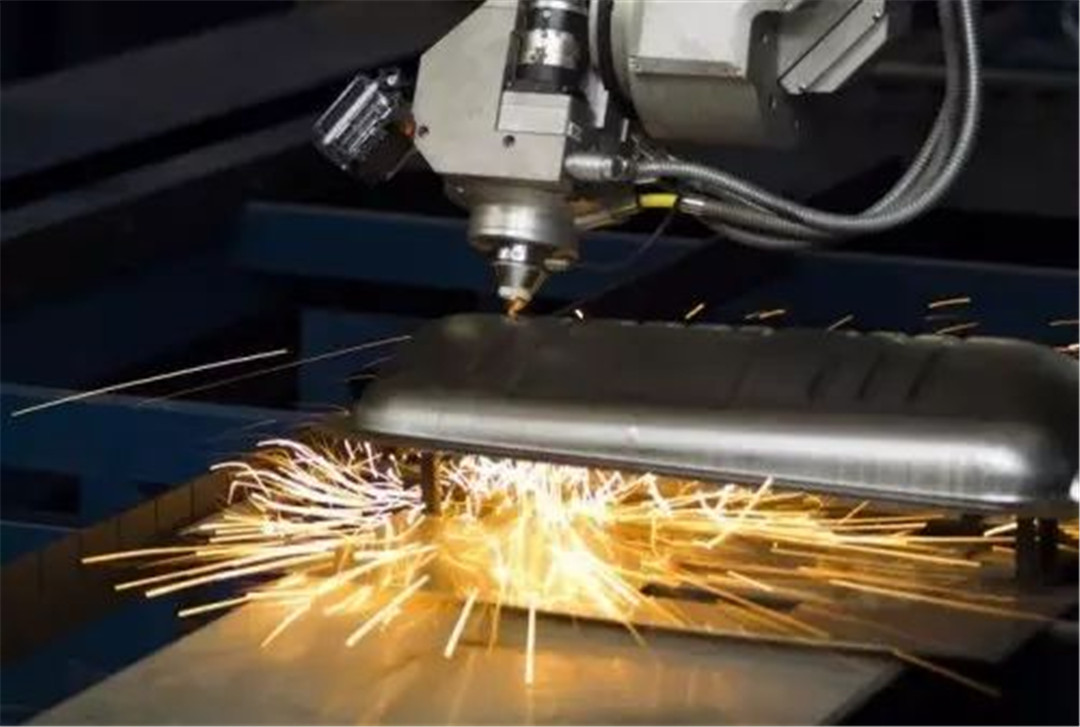1. Special device
In order to reduce the change of focal spot size caused by the change of pre focal beam size, the manufacturer of laser cutting system provides some special devices for users to choose:
(1) Collimator. This is a common method, that is, a collimator is added to the output end of CO2 laser for expansion processing. After expansion, the beam diameter becomes larger and the divergence angle becomes smaller, so that the beam size before near end and far end focusing is close to the same within the cutting working range.
(2) An independent lower axis of the moving lens is added to the cutting head, which is two independent parts with the Z axis controlling the distance between the nozzle and the material surface. When the worktable of the machine tool moves or the optical axis moves, the F-axis of the beam moves from the near end to the far end at the same time, so that the spot diameter remains the same in the whole processing area after the beam is focused.
(3) Control the water pressure of focusing lens (usually metal reflection focusing system). If the size of the beam before focusing becomes smaller and the diameter of the focal spot becomes larger, the water pressure is automatically controlled to change the focusing curvature to reduce the diameter of the focal spot.
(4) The compensation optical path system in X and Y directions is added to the flying optical path cutting machine. That is, when the optical path of the distal end of the cutting increases, the compensation optical path is shortened; On the contrary, when the optical path near the cutting end is reduced, the compensation optical path is increased to keep the optical path length consistent.
2. Cutting and perforation technology
Any kind of thermal cutting technology, except for a few cases that can start from the edge of the plate, generally a small hole must be drilled on the plate. Previously, in the laser stamping compound machine, a hole was punched with a punch, and then cut from the small hole with a laser. For laser cutting machines without stamping device, there are two basic methods of perforation:
(1) Blast drilling: after the material is irradiated by continuous laser, a pit is formed in the center, and then the molten material is quickly removed by the oxygen flow coaxial with the laser beam to form a hole. Generally, the size of the hole is related to the plate thickness. The average diameter of the blasting hole is half of the plate thickness. Therefore, the blasting hole diameter of the thicker plate is large and not round. It is not suitable to be used on the parts with higher requirements (such as oil screen seam pipe), but only on the waste. In addition, because the oxygen pressure used for perforation is the same as that used for cutting, the splash is large.
In addition, pulse perforation also needs a more reliable gas path control system to realize the switching of gas type and gas pressure and the control of perforation time. In the case of pulse perforation, in order to obtain high-quality incision, the transition technology from pulse perforation when the workpiece is stationary to constant speed continuous cutting of the workpiece should be paid attention to. Theoretically, the cutting conditions of the acceleration section can usually be changed, such as focal length, nozzle position, gas pressure, etc., but in fact, it is unlikely to change the above conditions due to the short time.
3. Nozzle design and air flow control technology
When laser cutting steel, oxygen and focused laser beam are shot to the cut material through the nozzle, so as to form an air flow beam. The basic requirement for air flow is that the air flow into the incision should be large and the speed should be high, so that enough oxidation can make the incision material fully conduct exothermic reaction; At the same time, there is enough momentum to spray and blow out the molten material. Therefore, in addition to the quality of the beam and its control directly affecting the cutting quality, the design of the nozzle and the control of the air flow (such as the nozzle pressure, the position of the workpiece in the air flow, etc.) are also very important factors. The nozzle for laser cutting adopts a simple structure, that is, a conical hole with a small circular hole at the end. Experiments and error methods are usually used for design.
Because the nozzle is generally made of red copper and has a small volume, it is a vulnerable part and needs to be replaced frequently, so hydrodynamic calculation and analysis are not carried out. When in use, the gas with a certain pressure PN (gauge pressure PG) is introduced from the side of the nozzle, which is called the nozzle pressure. It is ejected from the nozzle outlet and reaches the workpiece surface through a certain distance. Its pressure is called the cutting pressure PC, and finally the gas expands to the atmospheric pressure PA. The research work shows that with the increase of PN, the flow velocity increases and PC also increases.
The following formula can be used to calculate: v = 8.2d2 (PG + 1) V - gas flow rate L / mind - nozzle diameter MMPg - nozzle pressure (gauge pressure) bar
There are different pressure thresholds for different gases. When the nozzle pressure exceeds this value, the gas flow is a normal oblique shock wave, and the gas flow velocity transits from subsonic to supersonic. This threshold is related to the ratio of PN and PA and the degree of freedom (n) of gas molecules: for example, n = 5 of oxygen and air, so its threshold PN = 1bar × (1.2)3.5=1.89bar。 When the nozzle pressure is higher, PN / PA = (1 + 1 / N) 1 + n / 2 (PN; 4bar), the air flow is normal, the oblique shock seal becomes positive shock, the cutting pressure PC decreases, the air flow speed decreases, and eddy currents are formed on the workpiece surface, which weakens the role of air flow in removing molten materials and affects the cutting speed. Therefore, the nozzle with conical hole and small round hole at the end is adopted, and the nozzle pressure of oxygen is often less than 3bar.
Post time: Feb-26-2022






